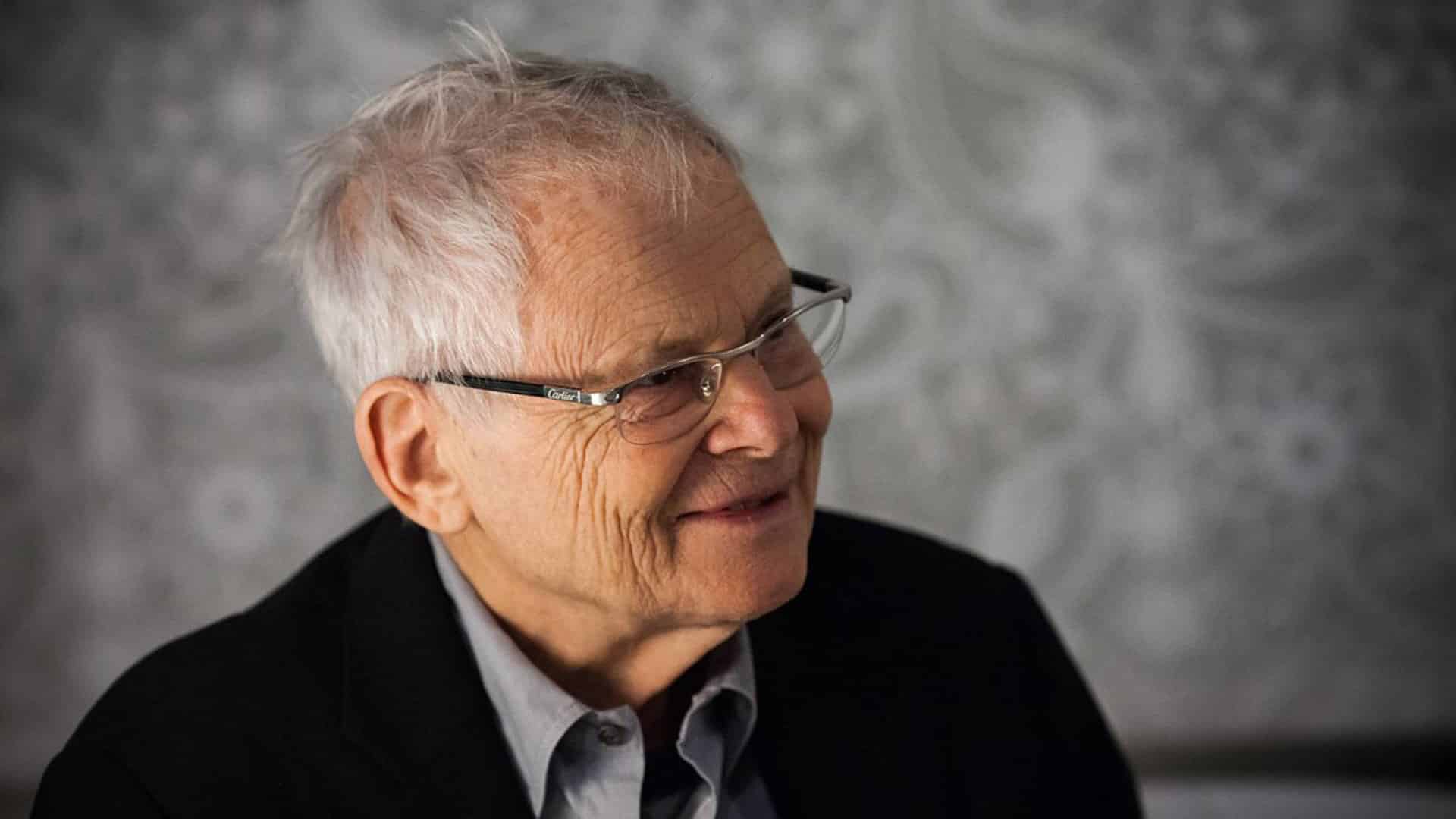Steve Schapiro, whose prize-winning photographs defined 20th century American life, died peacefully in his Chicago home on Saturday, January 15, from pancreatic cancer. He was 87.

You’re getting blind.
Don’t miss the best of visual arts. Subscribe for $9 per month or $108 $90 per year.
Already suscribed ?


